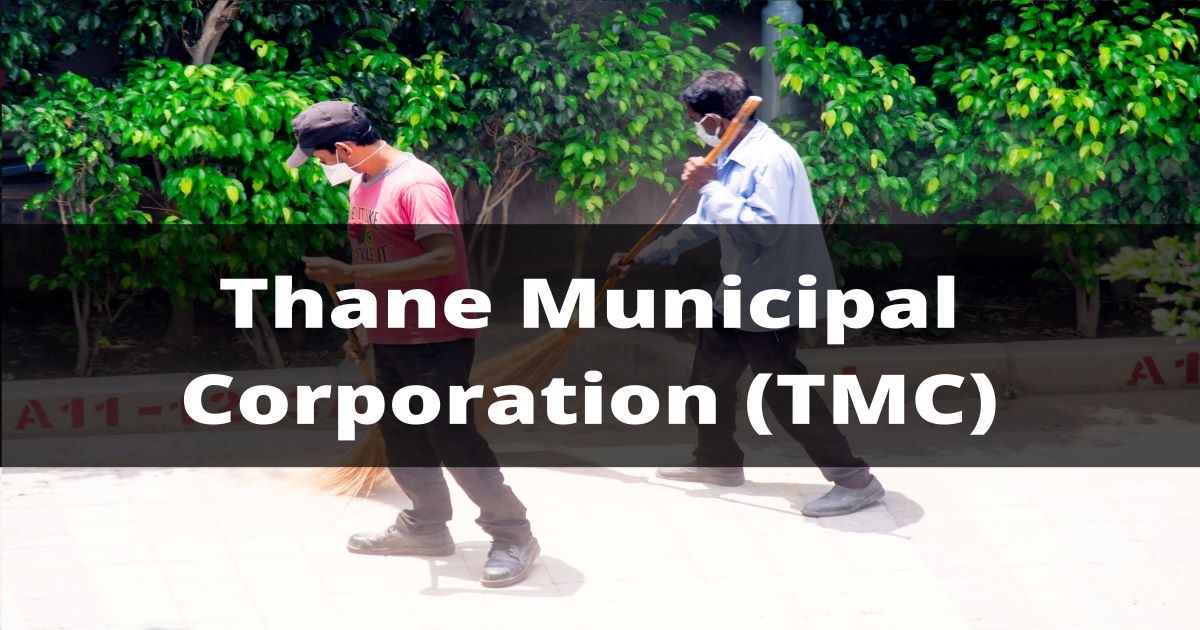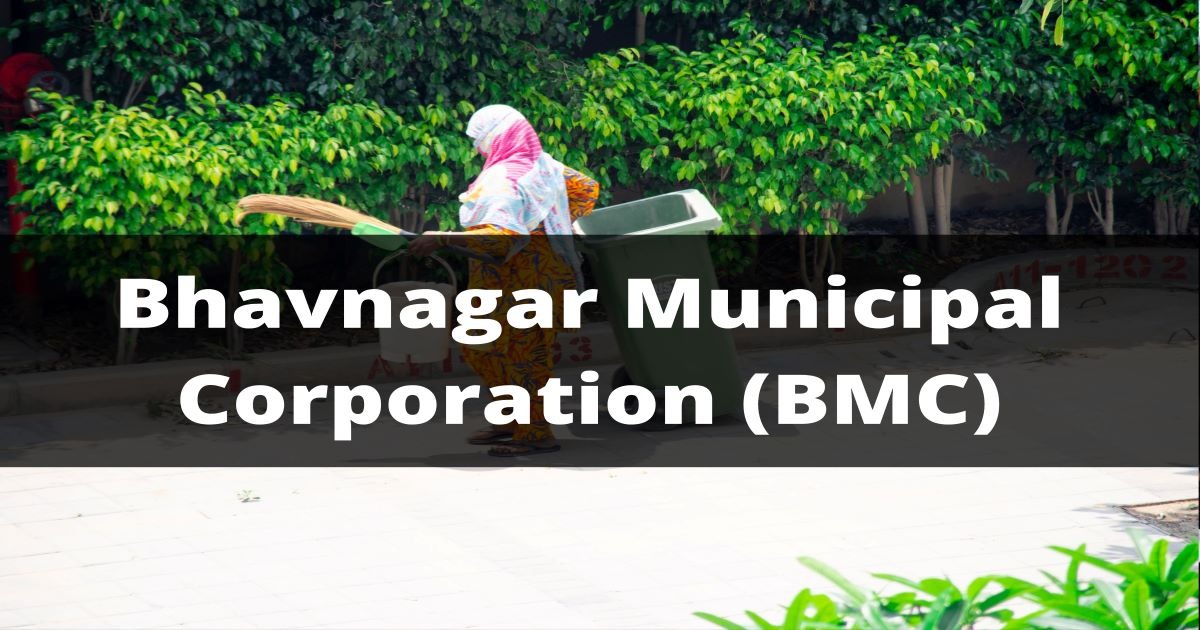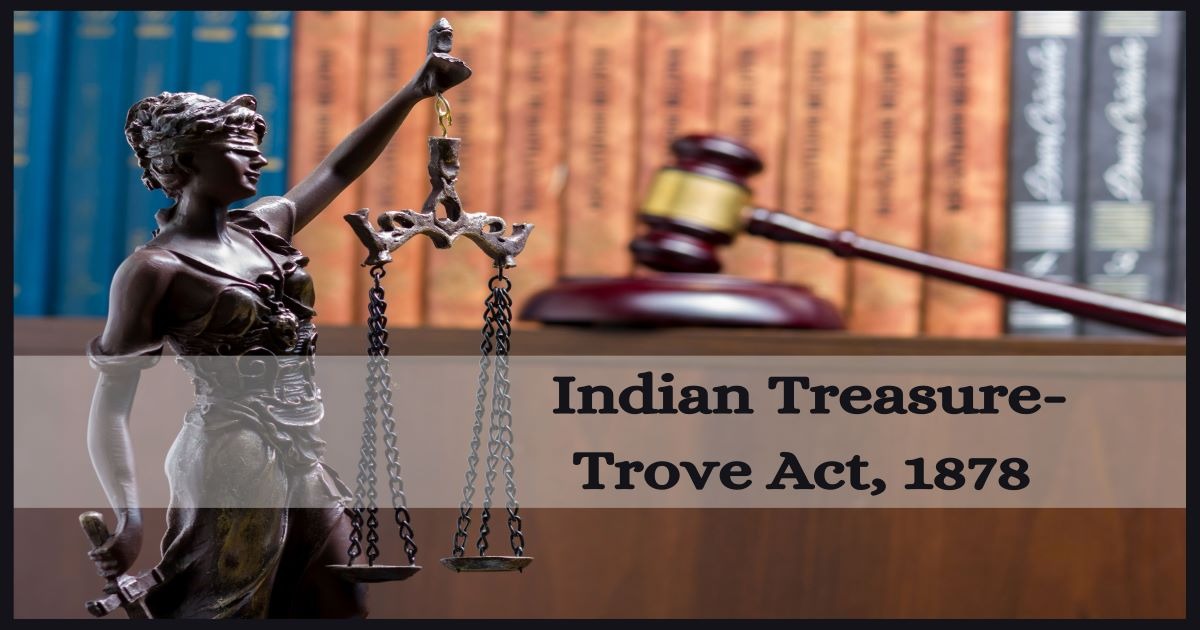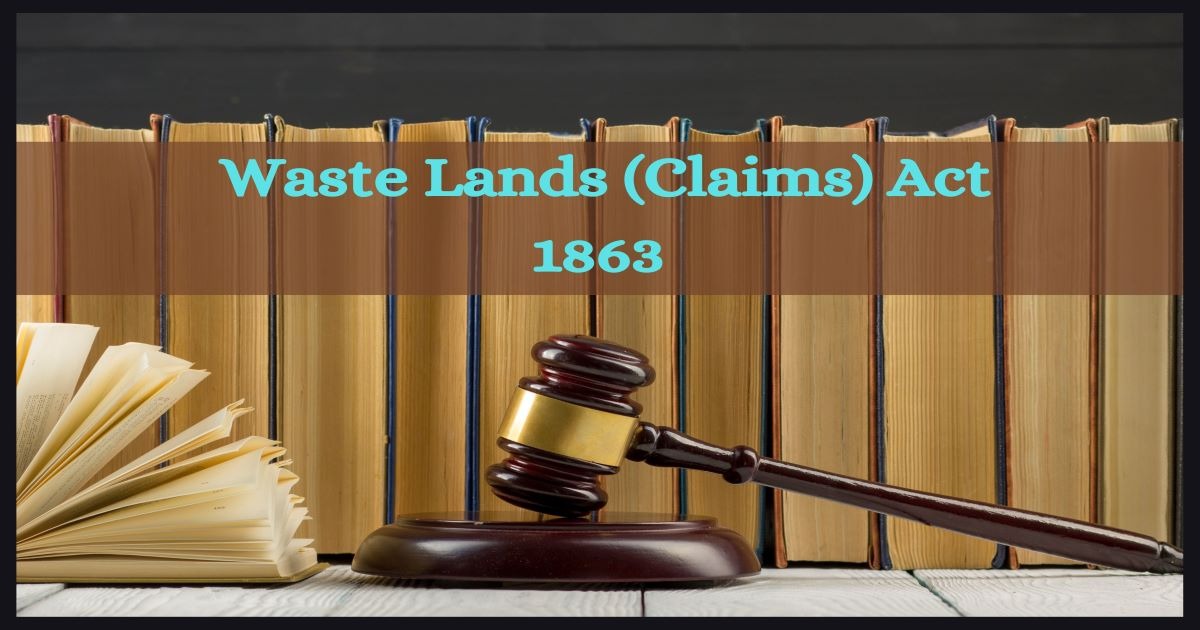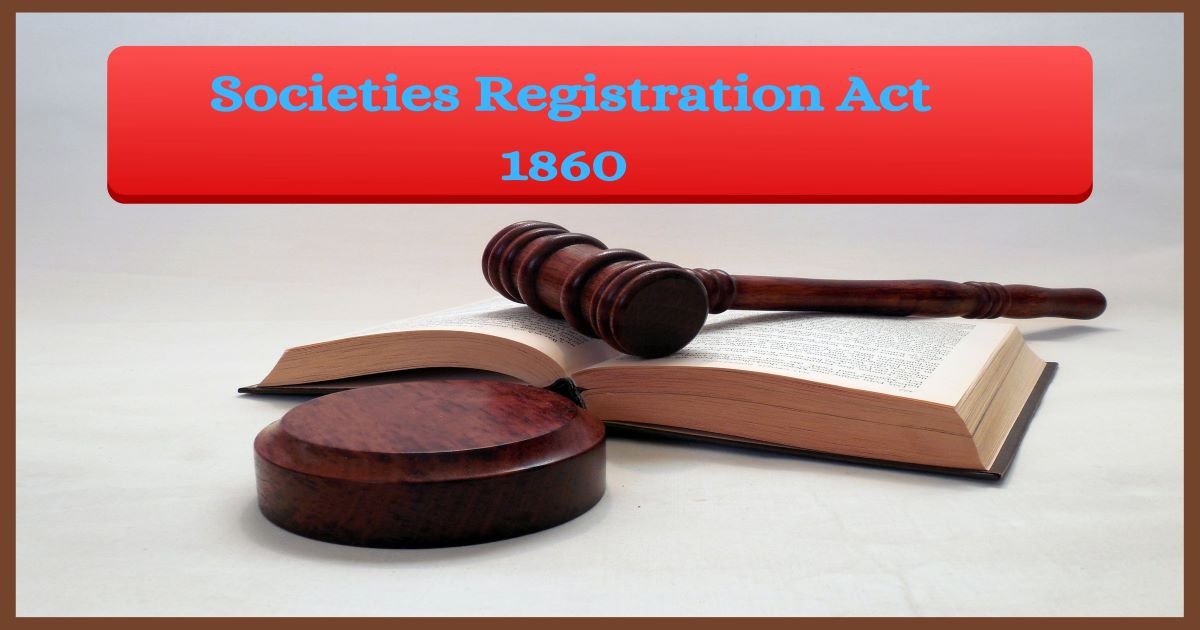EPFO Portal is where contributions are made every month by employees and their employers and there is a pre-fixed rate of interest on the amount which helps in growth of this fund for coming in handy post retirement.
You must have heard about the EPFO portal or UAN portal. You may have even heard of EPF and EPFO home. Still sounds unfamiliar? The EPF or Employees’ Provident Fund is the scheme under Government management that promotes future savings for those employed in the service sector and public/private sector employees. Under this scheme, employees will have to pay a particular sum of money every month towards this scheme. For queries of how to pay EPF online, your employer will most likely deduct this from your salary every month. The employer will also contribute a matching sum and interest is paid upon both the amounts contributed.
Along with information about EPF help desk for employers and EPF account transfer whenever you are changing jobs, you should also know more about EPF governance, EPF employer lists, EPF advance claims and tracking EPFO claim status likewise. You can readily track the EPF claim status and PF claim status or even the UAN claim status online if you are applying for withdrawals from your EPF account. Here are some aspects that are worth knowing by all means.
- UAN- Universal Account Number (UAN)- Before learning more about the UAN member portal, you should know that this is the same as the EPFO member portal where you can view your EPF passbook, EPF claims and other details pertaining to EPF online. You can easily check the EPF balance or PF balance along with making withdrawal claims. UAN is the unique number which is given to each EPFO member. All member IDs will be allotted to employees by various establishments for which he/she has worked. The facility will help in viewing all member IDs in a single place and when the employee joins any new organization, he/she will provide UAN to the employer so that new PF account has been linked with UAN.
- EPF Contributions- Both employer and employee may contribute towards EPF equally. Employees will be paying 12% of the combined total of basic pay, DA (dearness allowance) and retaining allowance. Only a part of employer’s contribution is dispatched to the EPF account while 8.33% of employer’s contribution is sent towards Employees’ Pension Scheme. This rate applies for those establishments with more than 20 employees. If the employee is working in an organization with lower than 20 employees, contribution will be 10% in case of both parties.
- Interest Rates- 8.55% was the interest rate for EPFO in FY2019-20. Rates are periodically fixed by the EPFO.
- EPF Auto Transfer- EPF Auto Transfer provisions apply where members should fill up composite forms for transfer of PF automatically into new PF account.
- Online Provisions- EPFO has smoothened out procedure of availing online services. Users may login to EPF account with UAN and get services like fund/account transfer, EPF withdrawal, updating KYC, balance enquiries and so on. You can login easily for getting services online which are free of cost. It is compulsory to provide Aadhar and PAN Card prior to applying for online withdrawal/claim.
- Withdrawals- EPFO has provisions for claiming money and it is compulsory for filing claims online when amount of withdrawal crosses Rs. 10 lakh. Amounts lower than Rs. 10 lakh may be claimed both offline and online. Online claims may be made with KYC documents. Withdrawal applications can be submitted by filling up Forms 19, 31 and 10C.
- UMANG App- The UMANG App helps in availing of EPFO linked services including tracking status of claims, EPFO offices, locating establishments, viewing account details via SMS and so on.
EPFO Advance- The primary objective of EPFO is providing a major chunk of money to employees at retirement. EPFO enables users to easily withdraw funds prior to retirement too. This amount is called EPF Advances. The fund may be withdrawn for multiple reasons including buying a new home, repayment of home loan, medical needs, children’s marriage, higher education of children and so on.
Also Read:





















